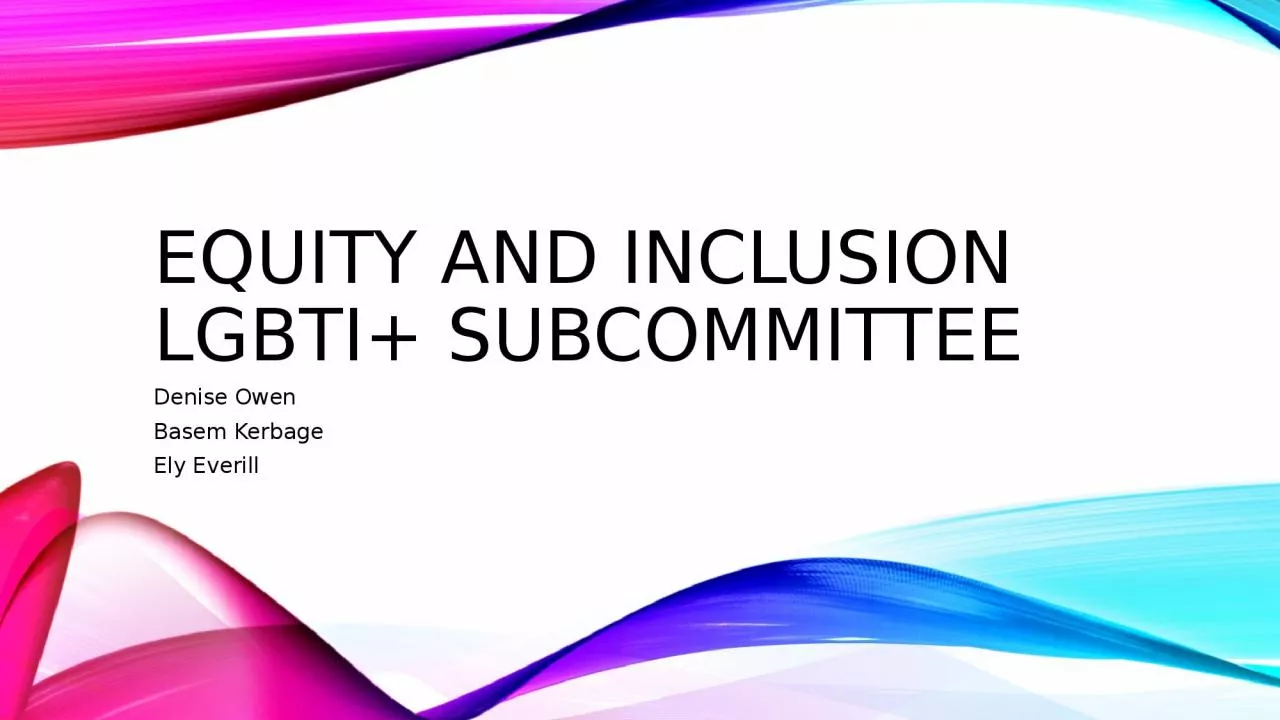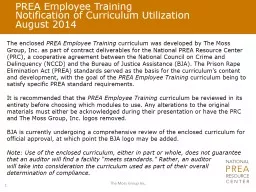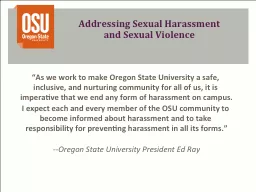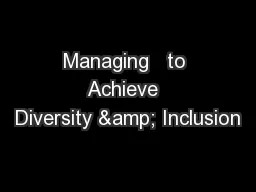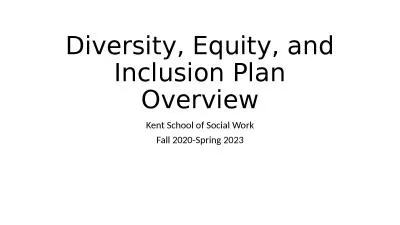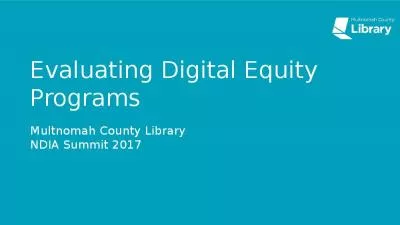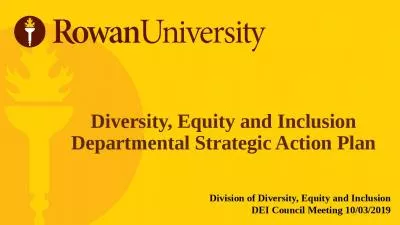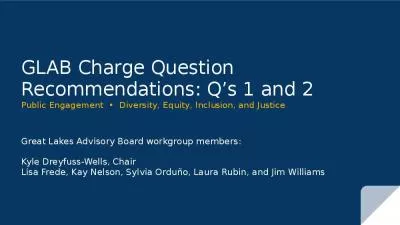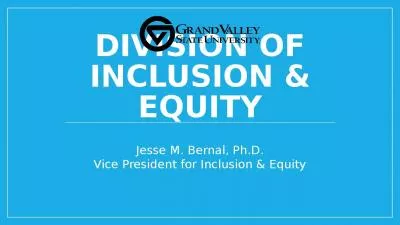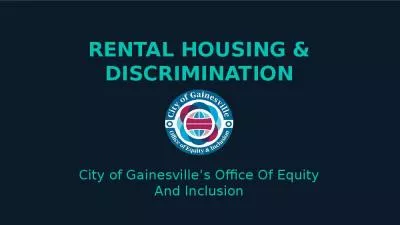PPT-Equity and Inclusion LGBTI+ Subcommittee
Author : bery | Published Date : 2024-03-13
Denise Owen Basem Kerbage Ely Everill Equity Equity means that everyone is treated fairly and with respect regardless of their gender ability race or age It is
Presentation Embed Code
Download Presentation
Download Presentation The PPT/PDF document "Equity and Inclusion LGBTI+ Subcommittee" is the property of its rightful owner. Permission is granted to download and print the materials on this website for personal, non-commercial use only, and to display it on your personal computer provided you do not modify the materials and that you retain all copyright notices contained in the materials. By downloading content from our website, you accept the terms of this agreement.
Equity and Inclusion LGBTI+ Subcommittee: Transcript
Download Rules Of Document
"Equity and Inclusion LGBTI+ Subcommittee"The content belongs to its owner. You may download and print it for personal use, without modification, and keep all copyright notices. By downloading, you agree to these terms.
Related Documents

